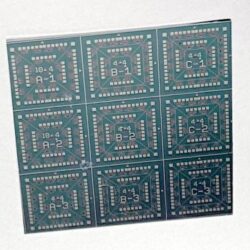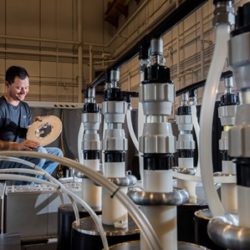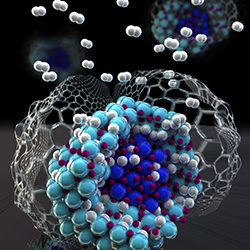Machine learning accelerate to discover new advanced materials
If everything moved 40,000 times faster, you could eat a fresh tomato three minutes after planting a seed. You could fly from New York to L.A. in half a second. And you’d have waited in line at airport security for that flight for 30 milliseconds. Thanks to machine learning, designing materials for new, advanced technologies Read more about Machine learning accelerate to discover new advanced materials[…]



